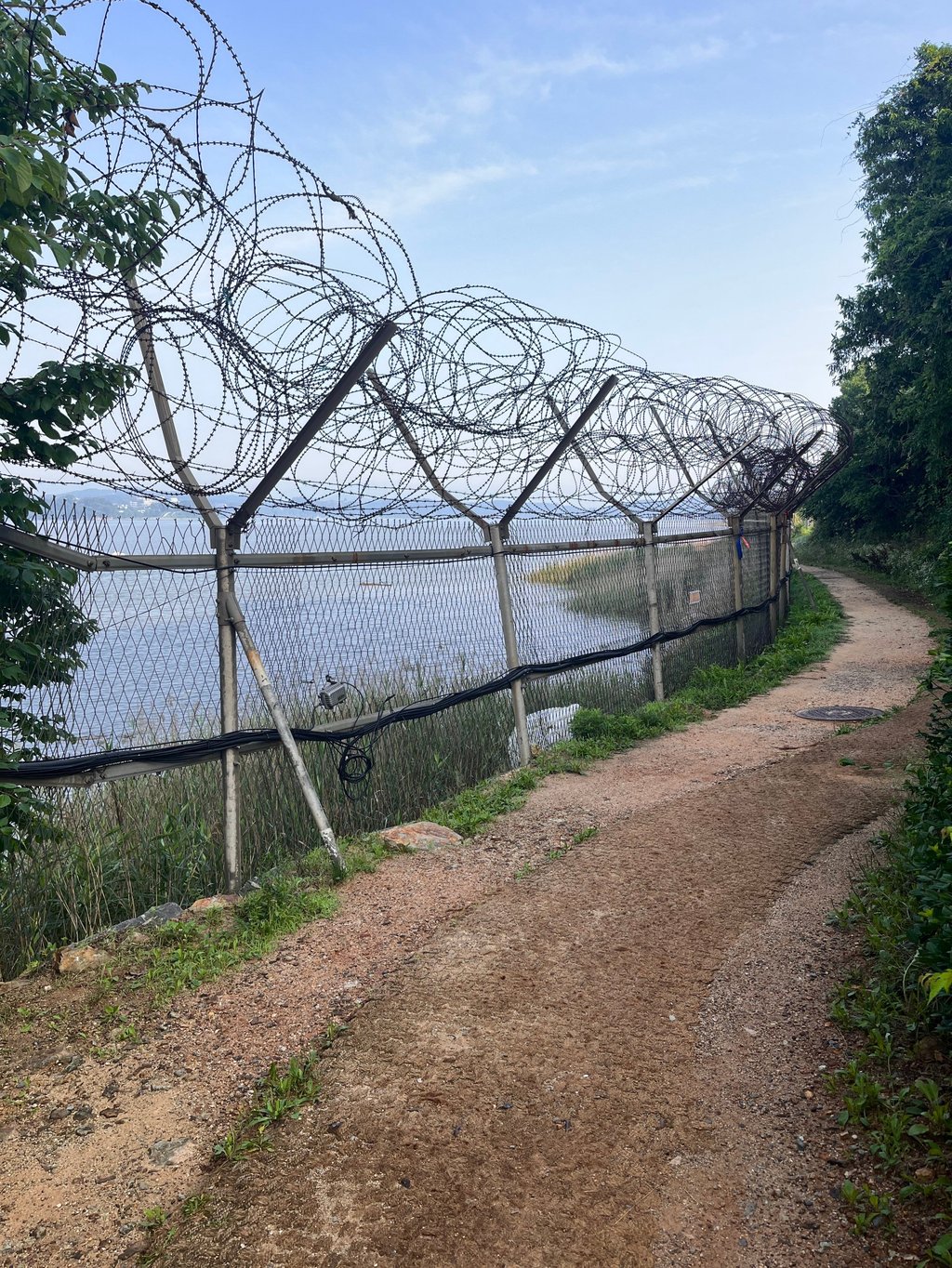Korean DMZ bike trail offers bucolic scenes of farmers, fishing and mountains – not what you might expect so close to a hostile frontier
- South Korea’s Pyeonghwa Nuri-gil ‘peace country path’ is near Seoul, and leads cyclists through miles of countryside at the edge of the border with North Korea
- The ride features rivers, rice paddies, cows and ducks, and, with the main danger probably heatstroke, those looking for a battlefield will be disappointed

Living in Seoul, it’s easy to tune out thoughts of North Korea, a rogue state just 50km away yet completely sealed off from the outside world. However, a bike path that runs along a stretch of the demilitarised zone (DMZ) near the South Korean capital has piqued my curiosity.
The Pyeonghwa Nuri-gil (“peace country path”) was opened in 2010 and is currently split into seven sections, running east to the border of Gyeonggi and Gangwon provinces, close to Baekmagoji station, which is serviced by the infrequently running Peace Train. The trail is being extended, though, and will, when it’s complete, run all the way to the east coast of the Korean peninsula.
The DMZ is said to be the most militarised place on Earth and the North is suffering a dire food shortage. It’s not clear how the country is faring with Covid-19 and the hermit state has been making bold statements about its military missile capabilities. These are worrying issues, but the main risk of a cycling trip near North Korea at this time of year is probably heatstroke.
At 215km, the completed section of Pyeonghwa Nuri-gil is about as long as the lengthiest stage of the Tour de France. Top riders need five hours to cover that distance on good roads, so, anticipating less than perfect surfaces, I optimistically budget a full Sunday, being sure to catch the first subway train of the day. The Seoul Metro welcomes bicycles on weekends and holidays.

After taking Line 7 then Incheon Line 2 to their terminuses, I emerge from the Geomdan Oryu station to the chirping of birds, the hissing of insects and rising humidity.
Riding through an industrial area of box-like factories, the scenery shifts to farmland. A whiff of manure lets me know the big city is already far behind.
